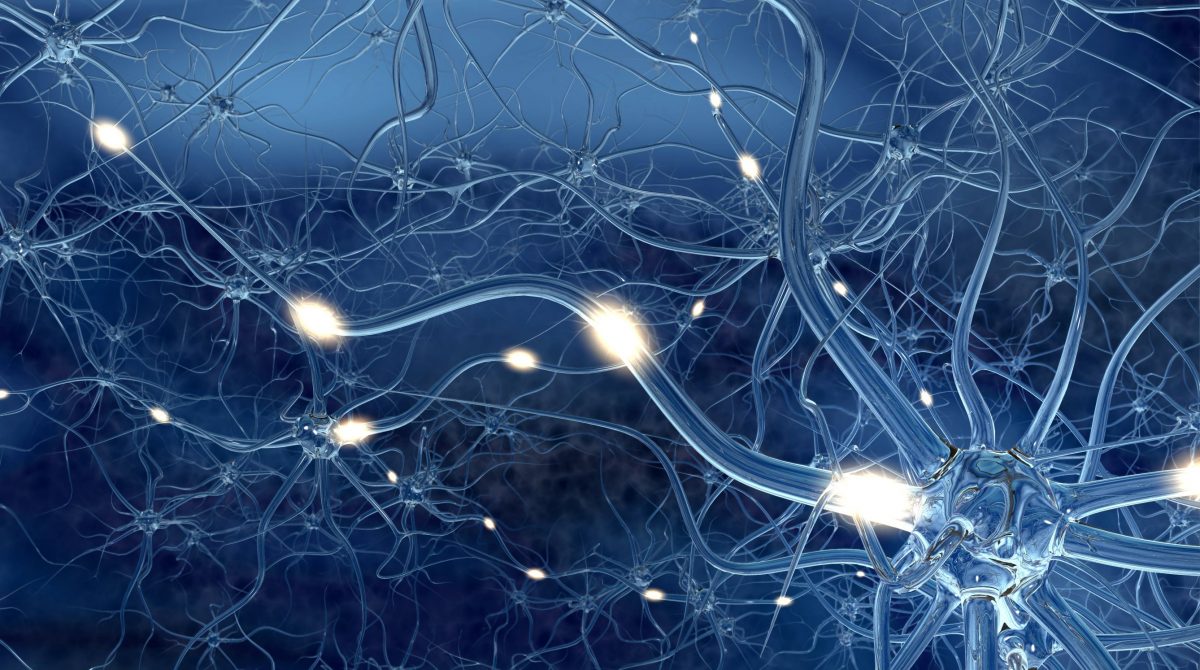Unfortunately, autism is becoming increasingly common in today’s world. As a parent, it can feel overwhelming to understand why this is happening and how to best support your child if diagnosed with ASD. In this article, we will explore some factors that may contribute to the apparent increase in autism prevalence and discuss what this means for autistic individuals and their families.
Possible Causes of Increasing Prevalence
There are several possible explanations for why autism is becoming more common. Some of these include:
Changes in Diagnostic Criteria and Awareness
Autism incidence may increase due to changes in diagnostic criteria and increased awareness of the disorder. In the past, autism was a relatively rare diagnosis and was often not recognized or diagnosed until later in a child’s development. However, our understanding of autism has grown, and diagnostic criteria have become more inclusive. This has led to more individuals being diagnosed with autism, even if they may not have met the criteria for a diagnosis in the past.
In addition to changes in diagnostic criteria, there has also been an increase in awareness of autism in the general population. This increased awareness has led to more individuals seeking evaluation and diagnosis, which may also contribute to the apparent increase in prevalence.
Environmental Factors
Another possible explanation for the increase in autism prevalence is the role of environmental factors. While the exact causes of autism are not fully understood, research suggests that genetic and environmental factors may play a role.
According to several research, exposure to environmental toxins, such as air pollution or certain chemicals, may increase the risk of autism. Other research has pointed to the role of prenatal and perinatal factors, such as the mother’s diet, exposure to infections, or use of certain medications during pregnancy, in the development of autism.
While environmental variables may play a part in the development of autism, they are not the exclusive cause of the illness. Most autistic individuals have a combination of genetic and environmental risk factors.
Increased Screening and Surveillance
In recent years, there has been an emphasis on early identification and intervention for autism, which has led to more children being screened for the condition at a younger age. This increased screening may result in more children being diagnosed with autism, even if the actual prevalence of the condition has not changed.
It is important to note that early identification and intervention can be beneficial for autistic children, as it can provide them with the resources they need to reach their full potential. However, it is also important to be aware of the potential for false positive diagnoses and carefully consider each child’s characteristics and needs when making a diagnosis.
Improved access to services and supports for autistic individuals, such as early intervention and specialized education programs, may also contribute to the increase in prevalence. These services and supports can help autistic individuals reach their full potential and improve their overall quality of life.
Genetics
Studies have revealed that ASD tends to run in families, indicating that the disorder may have a hereditary component. Research has identified hundreds of genes associated with ASD, and it is believed that multiple genes may be involved in the development of the condition.
Research has identified several genes that may be associated with autism, and there are likely multiple genes that contribute to the development of the condition. Additionally, it’s probable that genetic alterations or mutations contributed to the development of the condition.
Other factors
It’s also worth noting that other factors may be at play in the apparent rise in autism. For example, some research suggests that the increasing use of assisted reproductive technologies, such as in vitro fertilization (IVF), may be linked to an increased risk of autism. However, this is a controversial topic, and more research is needed to determine the extent to which assisted reproductive technologies may be related to autism.
Despite the apparent rise in autism, it’s important to remember that the prevalence of autism is still relatively low, with estimates suggesting that it affects about 1% of the population. It’s also important to note that while autism can be a challenging condition to live with, many people with autism can lead fulfilling and meaningful lives with the right support and accommodations.
Implications of the Increase
The increasing prevalence of autism has several implications. One of the most significant is its impact on those affected by autism. Autism can significantly impact the lives of those affected and their families. It can lead to difficulty in social interactions, communication, behavior, and other challenges. Additionally, autism can lead to several physical and mental health issues, such as anxiety and depression. The increasing prevalence of autism can also impact society as a whole. With more and more people being diagnosed with autism, there is an increased need for services, such as special education and support services, to help those affected by autism.
What Can Be Done
Several things can be done to help those affected by autism. The first is to increase awareness and understanding of autism. By increasing awareness, people can become more informed and understanding of the condition, which can help to reduce the stigma associated with autism. Additionally, it is important to ensure that those affected by autism have access to the services and support they need. This can include access to special education, support services, and speech and occupational therapy. Additionally, it is important to ensure that those affected by autism have access to social and recreational activities, as this can help to improve their quality of life.
Summary
Many factors may be contributing to the apparent increase in autism prevalence. While it is not yet clear exactly what is driving this increase, it is likely that a combination of genetics, environmental factors, improved diagnosis and awareness, changes in diagnostic criteria, and increased screening and detection. The increasing prevalence of autism in girls and women plays a role. As a parent, it is essential to be aware of the signs and symptoms of autism and to seek evaluation if you have any concerns. Early diagnosis and intervention can be crucial for the development and well-being of autistic children. With the right support and resources, autistic children can learn and grow and may be able to reach their full potential.
Reference
- Christensen, D. L., Maenner, M. J., Bilder, D., Constantino, J. N., Daniels, J., Durkin, M. S., … & Dietz, P. (2019). Prevalence and characteristics of autism spectrum disorder among children aged 4 years—early autism and developmental disabilities monitoring network, seven sites, United States, 2010, 2012, and 2014. MMWR Surveillance Summaries, 68(2), 1.
- Zeidan, J., Fombonne, E., Scorah, J., Ibrahim, A., Durkin, M. S., Saxena, S., … & Elsabbagh, M. (2022). Global prevalence of autism: a systematic review update. Autism Research, 15(5), 778-790.









